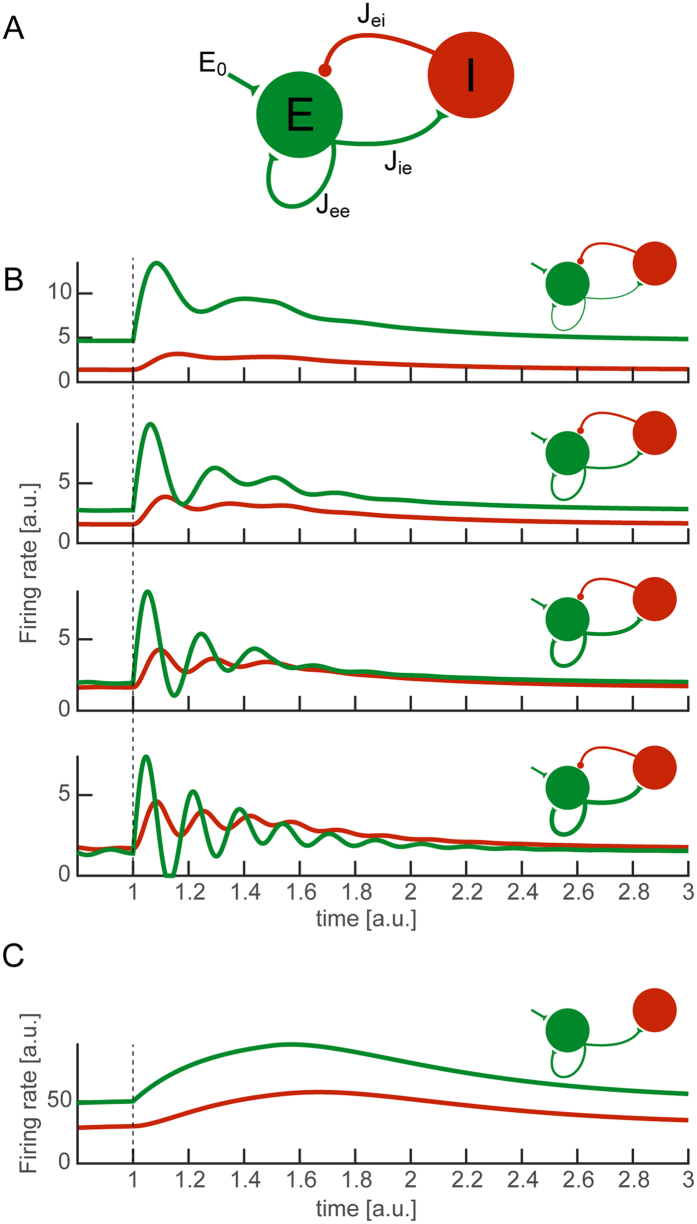Figure 6. A firing rate model links evoked oscillations to excitatory-inhibitory interactions.
By a firing-rate mathematical model (A) we qualitatively reproduced oscillatory transient activity in silico (B). Recruited by the external stimulation of excitatory neurons, the negative feedback of the inhibitory loop generated a well-known alternating pull able to decrease neuronal firing. The red and green traces represent qualitatively the mean firing rate of inhibitory and excitatory neurons, respectively. Altering the efficacy of synaptic connections in a series of numerical simulations (B), resulted in different frequencies of the emerging network rhythm: increasing the strengths of excitatory connections (i.e. Jie and Jee) increased the frequency of the oscillations. As in the experiments (Fig. 5), inhibition was necessary for the oscillations, as they completely vanished upon removal of the inhibitory feedback (C, Jei = 0). However, the model could account per se neither for the dependency of the oscillation frequency on the duration of the light pulse, nor for its drift over time. As a small increase in the average excitatory synaptic efficacy is sufficient in silico to speed up oscillations, the duration of the light pulse might indirectly affect synaptic efficacy in the experiments, as in short-term facilitation.

